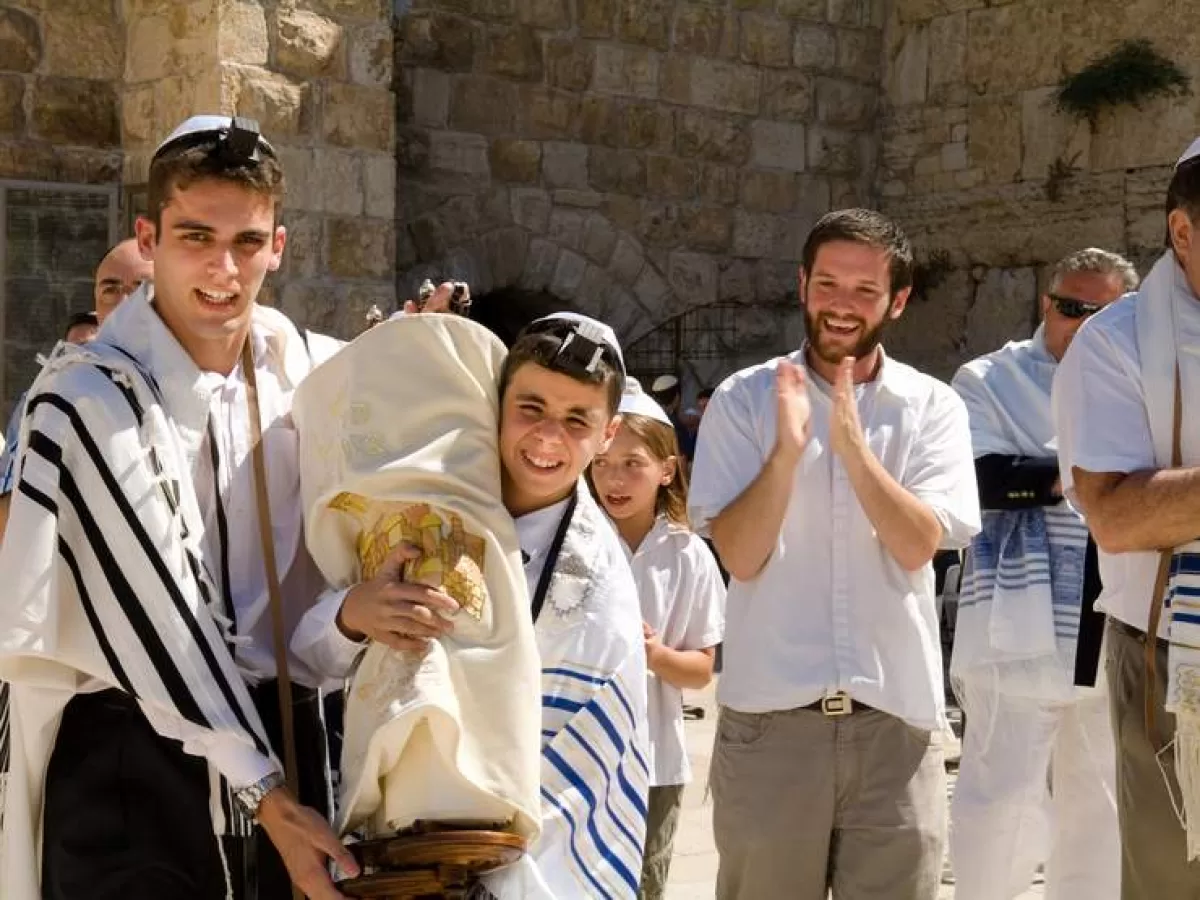Simchat Torah is Hebrew and means “rejoicing with the Torah”.
During the morning, extracts from Deuteronomy and Genesis are read in the synagogue. Many communities may also have a Torah reading on the evening before Simchat Torah. During the services in the synagogue, the ark is opened, and the Torah scrolls are removed from the ark and paraded around the synagogue. Singing children follow the procession with candles and banners.
Originally Simchat Torah was simply the second day of Shemini Atzeret. Its significance as a separate celebration was not acknowledged until later.
Unlike Sukkot and Shemini Atzeret, the celebration of Simchat Torah does not appear in Bible.
Aspects of divinely ordained rejoicing and regular reading of the Torah do, however, appear in the book of Deuteronomy. For example, Deuteronomy 16 commands the Israelites to “rejoice” in the festival of booths. In Deuteronomy 31, Moses commands the priests to read the law, or Torah, to all Israel during Sukkot.
The origins of the celebration of Simchat Torah as known today are likely medieval. One of the most influential compilations of Jewish laws is called the “Shulchan Aruch,” written by a 16th-century Spanish rabbi named Joseph Karo. The overall features of the holiday, or “yom tov” in Hebrew, are set forth there.
In some southern parts of Europe the custom developed to remove the Torah scrolls from the ark, and to sing a separate hymn for each one. In northern Europe, it became common for those who had made readings to gave donations to the synagogue. By the start of the sixteenth century many Rabbis had allowed dancing in the synagogue during the festival.
